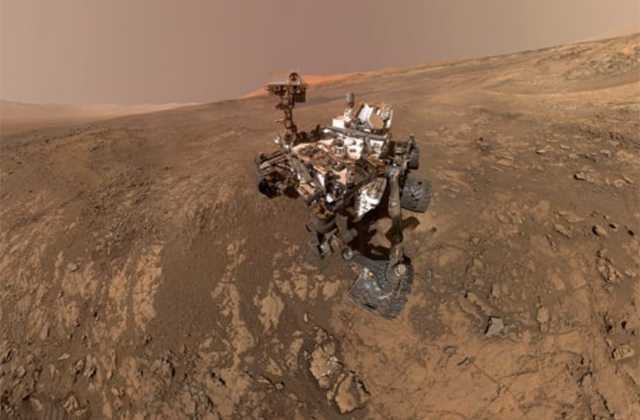Traces of organic compounds found on Mars surface for the first time. What does it mean?
 NASA's Perseverance rover has found traces of organic compounds in one of the craters on Mars.
NASA's Perseverance rover has found traces of organic compounds in one of the craters on Mars.
The research was carried out by an interdisciplinary team of scientists from various countries, who analyzed the data collected by the rover in the more than 45 kilometers wide Jezero crater. The device detected traces of organic molecules in the rocks of the crater floor, which contain one or two rings of carbon. However, researchers have not yet been able to determine exactly what type of organic matter it is.
The differences in the nature and distribution of the discovered organic molecules show that different processes of changing the water environment took place on Mars. This may indicate the presence of various organic materials on the planet. But for the final confirmation of the organic origin of the found materials, it is necessary to return the samples to Earth and study them here.
These samples are planned to be returned as part of the Mars Sample Return mission, which may begin in 2027. Their study will open up new opportunities for the scientific community and expand humanity's knowledge of the Red Planet.
Scientists note that the presence and distribution of organic matter on the surface of Mars is of great importance for understanding the carbon cycle on this planet and the possibility of life there during its history. The discovery of traces of organic compounds confirms that Mars is an object of priority scientific research.
This discovery opens a new chapter in the exploration of Mars and stimulates further scientific research in the search for answers to questions about the possible existence of life on the planet and its history. Each new discovery brings humanity closer to understanding the nature of Earth's mysterious red neighbor and expands our horizons in exploring the universe and looking for humanity's place in it.
Perseverance is exploring Mars' Jezero crater, which likely housed a large lake and river delta billions of years ago. The rover looks for signs of long-lived life and collects dozens of soil samples, which are then examined on Earth.
Recently, NASA's Perseverance photographed an interesting doughnut-shaped rock with a hole in the center on Mars.